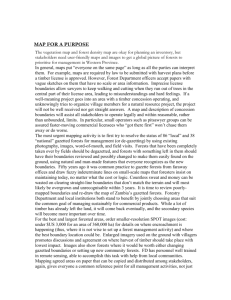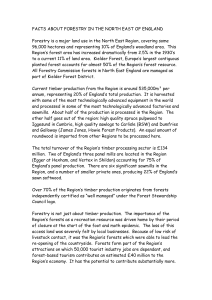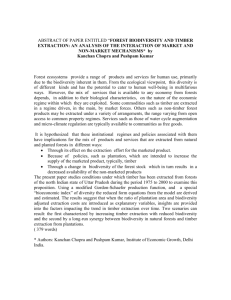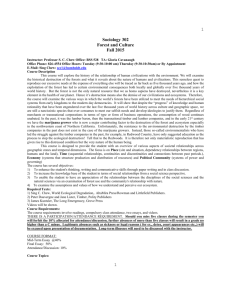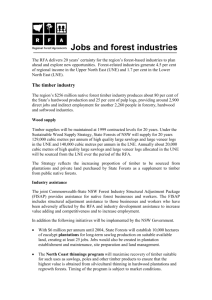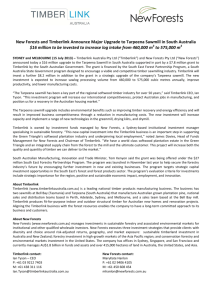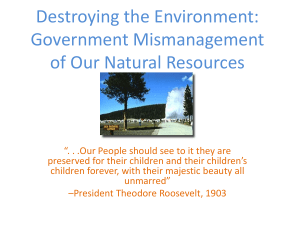This Schedule specifies the Change Control Procedure: DRAFT
advertisement
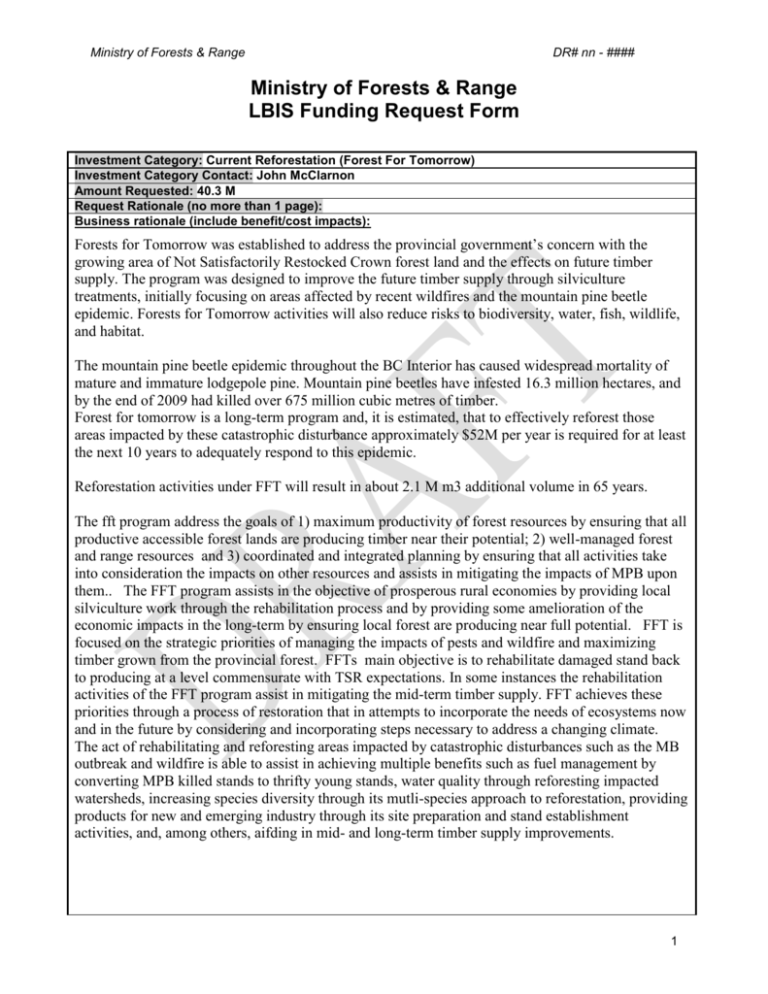
Ministry of Forests & Range DR# nn - #### Ministry of Forests & Range LBIS Funding Request Form Investment Category: Current Reforestation (Forest For Tomorrow) Investment Category Contact: John McClarnon Amount Requested: 40.3 M Request Rationale (no more than 1 page): Business rationale (include benefit/cost impacts): Forests for Tomorrow was established to address the provincial government’s concern with the growing area of Not Satisfactorily Restocked Crown forest land and the effects on future timber supply. The program was designed to improve the future timber supply through silviculture treatments, initially focusing on areas affected by recent wildfires and the mountain pine beetle epidemic. Forests for Tomorrow activities will also reduce risks to biodiversity, water, fish, wildlife, and habitat. The mountain pine beetle epidemic throughout the BC Interior has caused widespread mortality of mature and immature lodgepole pine. Mountain pine beetles have infested 16.3 million hectares, and by the end of 2009 had killed over 675 million cubic metres of timber. Forest for tomorrow is a long-term program and, it is estimated, that to effectively reforest those areas impacted by these catastrophic disturbance approximately $52M per year is required for at least the next 10 years to adequately respond to this epidemic. Reforestation activities under FFT will result in about 2.1 M m3 additional volume in 65 years. The fft program address the goals of 1) maximum productivity of forest resources by ensuring that all productive accessible forest lands are producing timber near their potential; 2) well-managed forest and range resources and 3) coordinated and integrated planning by ensuring that all activities take into consideration the impacts on other resources and assists in mitigating the impacts of MPB upon them.. The FFT program assists in the objective of prosperous rural economies by providing local silviculture work through the rehabilitation process and by providing some amelioration of the economic impacts in the long-term by ensuring local forest are producing near full potential. FFT is focused on the strategic priorities of managing the impacts of pests and wildfire and maximizing timber grown from the provincial forest. FFTs main objective is to rehabilitate damaged stand back to producing at a level commensurate with TSR expectations. In some instances the rehabilitation activities of the FFT program assist in mitigating the mid-term timber supply. FFT achieves these priorities through a process of restoration that in attempts to incorporate the needs of ecosystems now and in the future by considering and incorporating steps necessary to address a changing climate. The act of rehabilitating and reforesting areas impacted by catastrophic disturbances such as the MB outbreak and wildfire is able to assist in achieving multiple benefits such as fuel management by converting MPB killed stands to thrifty young stands, water quality through reforesting impacted watersheds, increasing species diversity through its mutli-species approach to reforestation, providing products for new and emerging industry through its site preparation and stand establishment activities, and, among others, aifding in mid- and long-term timber supply improvements. 1 Ministry of Forests & Range DR# nn - #### Amount Allocated (to be filled out by FPIB): Allocation Rationale (to be filled out by FPIB): 2 Ministry of Forests & Range DR# nn - #### 3
